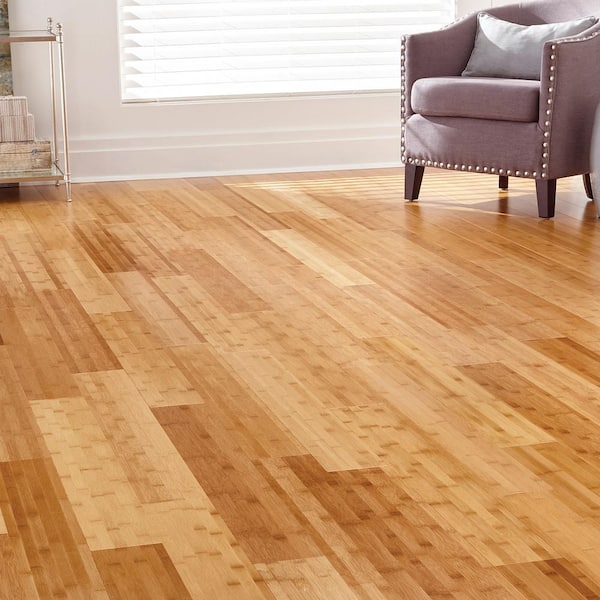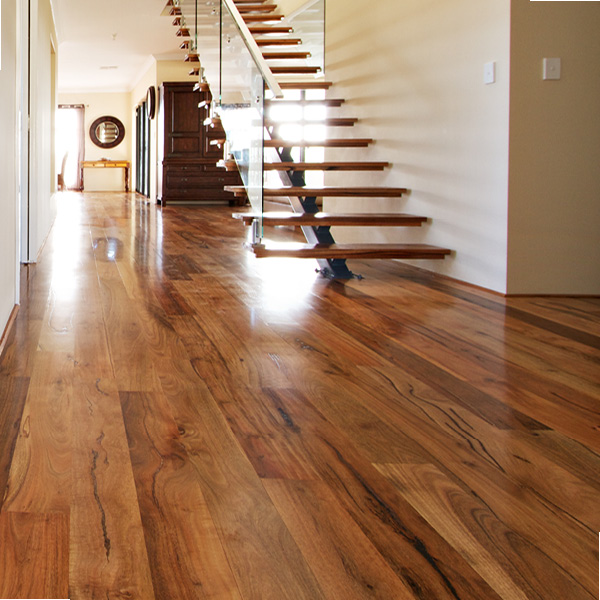
Bamboo flooring is well-known for numerous homeowners due to its benefits. It has become the significant choiced floor for business and also homeowners whenever there is demand for sustainability.
Nonetheless, bamboo much like wood, is at risk to damages and cracking when moisture levels rise and fall.
So are you thinking of bamboo flooring for your house? Matter yourself lucky since this write-up will show you whatever you require to recognize. We will certainly discuss its attributes to consider. We will also talk about the various kinds of bamboo flooring readily available on the marketplace. Maintain analysis!
Types of Bamboo Flooring
There are 3 standard alternatives: strand-woven, upright, as well as horizontal. Homeowners can choose which sort of bamboo flooring to get based upon their attributes. The purchaser's intended visual impacts the picked Bamboo flooring type.
Engineered Bamboo Flooring
Both strong and also crafted bamboo flooring options are readily available. Once the bamboo timber fits, it isn't easy to compare them.
Their differences are due to their production. As an example, crafted bamboo wood has a thin plywood backing.
Yet, whether crafted or strong, bamboo flooring is tough, resilient, and appealing.
Engineered bamboo flooring uses the drifting wood floor over a slim foam base. They may additionally remain in the kind of wide slabs. For example, they are offered in widths approximately 19 cm.
Solid - Horizontal Bamboo Flooring
You will observe that this kind is virtually the like upright bamboo flooring. It has a mild variant. Straight bamboo is among one of the most preferred kinds of bamboo flooring.
It is made by drying massive strips of bamboo, cutting these larger items into thinner strips, and after that gluing them to create planks. The boards will after that be subject to pressure and also heat to ensure they are well attached.
Natural bamboo has a lighter color. Therefore, the strips are often discolored. While carbonized bamboo will certainly be much less tough than normal bamboo, if you require a darker shade, it might do you great. It additionally offers the natural bamboo looks as well as a range of choices.
Strand Woven Bamboo Flooring
Shredding the bamboo to remove the fibers is just one of the extra tempting action in creating strand-woven bamboo floors.
The bamboo fiber is often mixed with an adhesive after it's made to a pulp. The product is after that weaved and also compressed under excellent warm, as the name suggests.
After making vertical and straight bamboo, the strips serve to produce strand woven bamboo. The eco-conscious purchaser may discover this feature appealing. The factor is that it ensures that the whole bamboo stalk generates extremely little waste.
Strong - Vertical Bamboo Flooring
Slim strips of completely dry bamboo timber glued vertically as well as pushed using high warm and also stress create this kind of bamboo flooring.
The thinnest side of the bamboo slabs will certainly remain in a vertical kind. After that, a firm bonding, pressing, as well as lamination will certainly adhere to. As a result of their method of joining, the bamboo strips feature a slim grain pattern.
The good idea about this sort of bamboo flooring is that it is long lasting as well as very economical. Additionally, it provides a stylish and classy floor surface. It is not extensively readily available.
Functions And Also What to Remember When Picking Bamboo Flooring
With a multi-layered finishing, bamboo flooring will be pretty durable. Maintain in mind that future touch-ups may need an extra experienced flooring expert.
Applying your finish will make matching repairs much easier when set up in your house. The finish will not last as long as manufacturing facility surfaces.
Besides that, right here are some exciting attributes of bamboo flooring.
Eco-Conscious
This flooring comes from an all-natural plant called the bamboo plant. When contrasted to other tree types used to make hardwood flooring, bamboo expands more as well as faster.
Affordable Upkeep
You can maintain bamboo flooring in good condition by cleaning as well as damp mopping. Regardless of being more prone to scratches, bamboo flooring is extremely basic to keep.
You might obtain bamboo floorings that are just as good as new by sanding them down as well as applying a fresh coat of paint.
Resilient
Bamboo flooring is not produced equal. There are numerous types of bamboo, and the various techniques utilized to turn it into slabs affect its longevity.
Thus, bamboo, like wood flooring, can become prone to damage over time. Damaging, breaking, and also other wear and also tear may happen. You can additionally sand some bamboo to resemble hardwood, however not all.
Profits
It's simple to understand why bamboo flooring has actually become a lot more popular nowadays. For almost any type of house, bamboo supplies many solid as well as audio options for the environment. As a result, bamboo flooring could be the most effective alternative for updating your flooring.
We will certainly additionally review the various kinds of bamboo flooring offered on the market. House owners can select which type of bamboo flooring to buy based on their traits. Straight bamboo is one of the most prominent types of bamboo flooring.
While carbonized bamboo will be much less difficult than routine bamboo, if you require a darker color, it might do you great. After making horizontal as well as vertical bamboo, the strips offer to develop strand woven bamboo.
Bamboo Flooring
Manufacture of Bamboo Flooring
Stranded bamboo is made by shredding the bamboo stalks into small strands, which are compressed into sheets using heat and resin binders, then cut into planks to use as building materials. This form of flooring is available both as tongue-and-groove planks that are nailed down, as well as planks that float over the underlayment. This is a premium form of bamboo flooring, available in many colors.
Horizontal bamboo flooring is manufactured by cutting the strands into thin strips which are then glued together to form planks. This type of flooring has a "grain," since the long stalk fibers are visible in the flooring. This type of bamboo is not as hard or durable as stranded bamboo, but it can have a very striking appearance. It, too, is available both in nail-down planks and as floating floor planks.
Engineered bamboo flooring is made by bonding a thin layer of bamboo onto a plywood or MDF core. This flooring is comparable to engineered hardwood and is installed in the same way—usually with click-lock planks that float over a foam underlayment. It is the least expensive (and least durable) form of bamboo flooring, and it cannot be refinished.
Unless it is stained, most bamboo flooring has a natural blonde or amber color that resembles unfinished maple or birch, but darker tones are available through a process called carbonizing, which entails subjecting the planks to high temperatures. While the color can be very attractive, carbonized bamboo is softer than uncarbonized forms, and is more susceptible to scratching.
Eco-Friendliness
Environmentally conscious consumers are often drawn to bamboo as a wholly renewable resource. Unlike the hardwood lumber industry, where trees can take decades to mature, bamboo stalks grow so fast that there is little environmental liability to the harvest practices. Moreover, bamboo stalks that are cut simply continue to grow and replenish themselves so that they can be harvested.
But the manufacturing process creates other environmental concerns. Bamboo floor planks are manufactured by slicing or shredding the stalks of bamboo grass plants and then compressing the pulp back together using heat, pressure, and a resin-based adhesive identical to those used in many other flooring products. This adhesive often contains urea-formaldehyde that can outgas into the air.1
The level of adhesive used and the amount of toxins emitted will vary, depending on how the bamboo planks are manufactured. Cheaper products may contain more formaldehyde, while more expensive products may use alternative materials in the resins. The amount of formaldehyde used in bamboo flooring is similar to that found in engineered hardwood flooring or MDF sheathing, and it tends to be a problem only for sensitive individuals.2 But if this concerns you, look for bamboo products labeled as formaldehyde-free.
Bamboo Flooring Cost
This material is priced at about the same level as most hardwood floors. You can find bamboo flooring products ranging from about $2 to $8 per square foot, with a national average of $3.84 per square foot. Installation costs for bamboo flooring are much the same as for hardwood flooring. On average, figure on adding about $4 per square foot for installation labor in addition to the cost of materials. You should be able to get a good-quality bamboo installed for less than $10 per square foot, including materials and labor.
https://www.thespruce.com/benefits-and-drawbacks-of-bamboo-floors-1314694

I'm just very occupied with How to Clean Bamboo Floors and I hope you enjoyed reading my article. Sharing is caring. You won't know, you may be helping someone out. Many thanks for your time. Kindly pay a visit to our blog back soon.